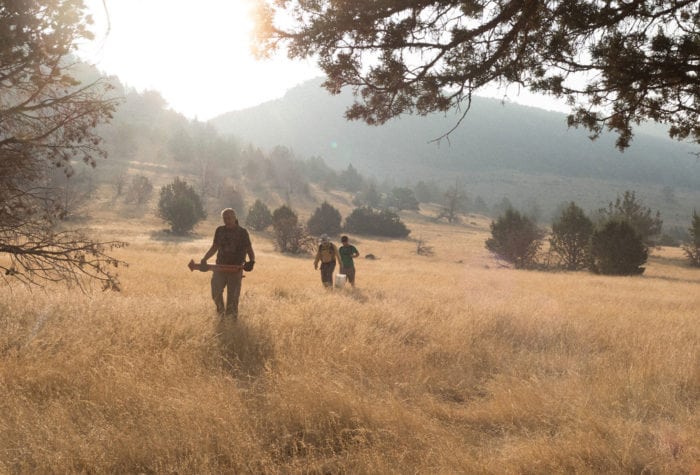Author: Scott Bowler | Published: February 21, 2023 | Category: Where-to
This article originally appeared in The Source on January 11, 2023.
Oregon’s high desert – that vast expanse of sagebrush between Bend and Boise – is a truly spectacular place with wonders that reveal themselves through frequent visits and close, quiet observation. While many people confine their desert visits to the spring and fall to avoid summer’s heat and winter’s cold, the desert is enjoyable year-round when you know where to go and what to do. And, there’s more to do than you might think!
With one idea per month, this list offers a starting point, with further investigation required.
Snowfall
Possibly even more magical than it is in the woods, snow in the desert is gorgeous, and actually makes it easier to travel in many places. You can hike, snowshoe, or cross-country ski on nearly any public land, on or off trail. Biking is especially easy and rewarding on back roads. Five cool zones are Winter Rim, Abert Rim, the western flanks of Steens Mountain, Warner Valley and Sutton Mountain Wilderness Study Area.
A Playa
The Alvord Desert Playa, below the east face of Steens Mountain, offers an expansive landscape of geologic wonders to explore – carefully! While the playa may look like fun to drive on, that’s only possible late in summer; winter mud swallows cars. Borax Lakes and Mickey Hot Springs, at opposite ends of the playa, are amazing, delicate and fascinating to admire – but NOT safe for soaking. Cold enhances the steam, too, making the scenery even more intriguing. The playa is fragile and threatened with overuse/abuse: please, leave NO trace of your visit.
The Oregon Desert Trail
Much of the Oregon Desert Trail route traverses mountain ranges that can be snow-covered through May, but there are lower elevation sections as well. With its longer daylight hours, cooler temperatures, and early wildflowers, March is a great time to hike those stretches or bike the back roads of the route.

